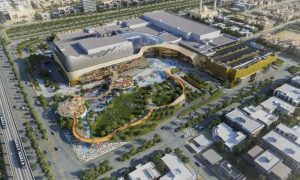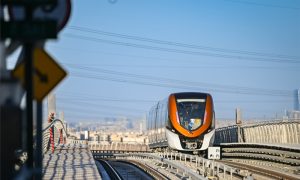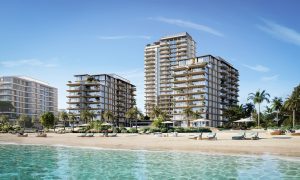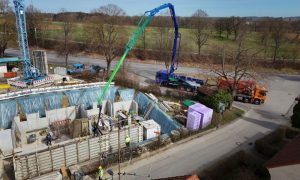Saudi Arabia: Can the Kingdom spend its way out of trouble?
The 2021 budget shows the quest to diversify is an uphill struggle at best

While Saudi Arabia may well have US$1.3 trillion of development projects underway, the reality is that its core economic platform has taken an unprecedented battering in the last 12 months.
When the finance ministry announced the nation’s annual budget on 16 December, 2020, there was precious little in the way of good news. Indeed, the projection was that the budget deficit will soar to around US$79 billion, with the official forecast stating that: “It is expected that the budget deficit will increase at the end of 2020 to about 298 billion riyals, and we aim to reduce it by the end of 2021 to 141 billion riyals ($37.6 billion),”
This follows successive negative forecasts, with the Kingdom having projected an annual budget deficit of US$50 billion for 2020, up US$15 billion on 2019.
“The (economic) crisis has been managed with great care and effectiveness, which led to the mitigation of the negative effects on the Saudi economy,” Saudi Crown Prince Mohammed bin Salman was quoted as saying by state media. “2020 was a difficult year for the whole world due to the outbreak of the coronavirus pandemic, but the kingdom’s economy has proven its ability to withstand its impact.”
The reality is, the Kingdom is tightening its belt and pressing ahead with austerity measures amid low oil prices. Saudi Arabia plans to spend 990 billion riyals (US$263.91 billion) in 2021, according to the budget statement, a drop of about seven percent compared to this year.
A core challenge is the fact that unlike other GCC economies, the Kingdom has been relatively slow to diversify away from the fossil fuel sector as the primary source of income. Oil income still contributes to more than two-thirds of Saudi public revenues: this is more than twice the level we see, for example, in the UAE, where government-led initiatives have led to a significant rise in the role of the SME/enterprise sectors, along with massive, early-stage commitment to retail and property development.
It shouldn’t be forgotten, as well, that in November, energy titan Aramco posted a 44.6 per cent slump in profits for the third quarter, as the coronavirus pandemic dramatically reduces the global demand for crude oil. In fact, even as we move into 2021, there’s little hope of turnaround here: Saudi Arabia needs a crude price of about $80 a barrel to balance its budget, economic experts say, far higher than the current price of around $50.
Ironically, without these key oil revenues, it becomes harder to pay for the moves towards diversity – and these these deflated prices will hinder Crown Prince Mohammed bin Salman’s ambitious “Vision 2030” reform programme. Hence, a series of austerity measures that have included tripling value added tax (VAT) to 15 percent, an unpopular measure that has weighed on household income, pushed up inflation and hit consumer spending. Other aggressive campaigns include hiking fees on expatriate workers and raising fuel and electricity prices
Notwithstanding, the government has been careful not to cut public jobs and salaries amid already high youth unemployment. Nearly two-thirds of all Saudis are employed by the government, and the public sector wage bill accounts for roughly half of all government expenditure.
As we move deeper into 2021, only time will tell if the Kingdom can spend its way out of trouble and to what extent the US$1.3 trillion of development will indeed create a more balanced economy and a more favourable picture for powerful foreign investment.















